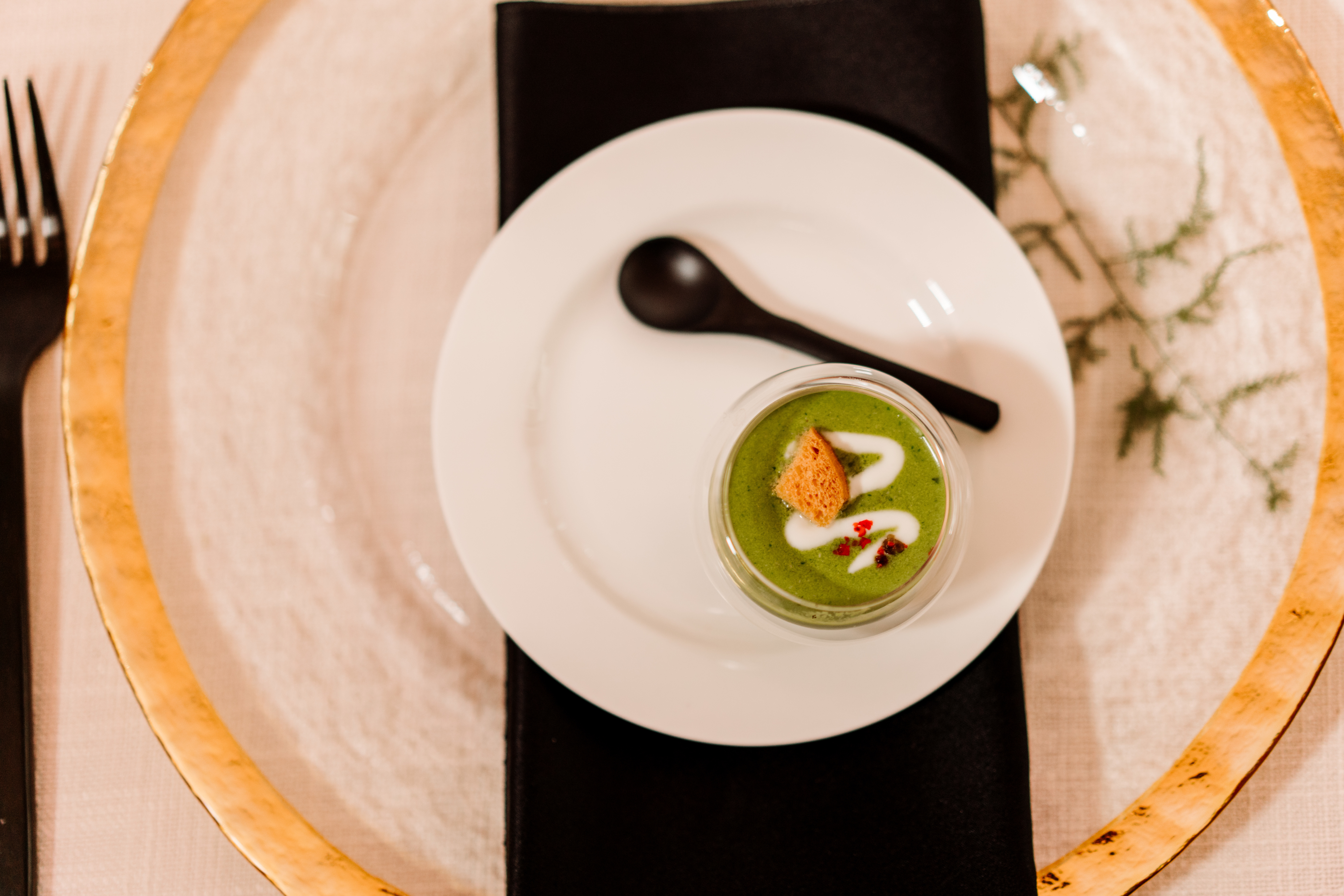Seasonality is not a new topic for catering professionals. For one, humans are naturally inclined towards in-season proteins and produce; it’s why watermelon trends in the summer while root vegetables grow popular in the winter. But beyond biology, seasonal menus allow caterers to source the freshest ingredients available without sacrificing quality to shipping timelines or transitory storage and refrigeration.
With a growing number of consumers preferring to “eat local,” seasonality in the kitchen lets you procure items from farmers and butchers within the community. Planning around seasonal availability is also better for the budget, producing cost savings caterers can pass on to their clients. Everybody wins!
There are many reasons to transition menus as the seasons cycle through the year. But does it need to be a complete overhaul, or can you make do with a few ingredient swaps? And how can you prepare for industry trends to meet evolving market demands?

In the spirit of spring, Chowgirls Catering makes a green gazpacho, offered April through June. Photo courtesy Becca Dilley
As we welcome spring, here are some ways to embrace the season with your menus.
Plant-based proteins
Meat alternatives like tofu, tempeh, and seitan aren’t just for vegetarians! Swapping heavier meats for lighter proteins can make for filling meals that suit the warmer weather. For soy-free clients, choose nutrient-dense legumes like lentils, chickpeas, and beans. Other easy ways to add protein: serve quinoa in place of rice, top a dish with chopped peanuts, or mix seeds into a pilaf.
Creative salads
Skip the iceberg lettuce and, instead, explore the many ways to innovate with salads! The perfect spring (and summer) dish, salads are as healthy as they are refreshing. But Caesar, Cobb, and chef’s salads leave little to the imagination, so it’s worth building your own salad mix to stand out from the usuals. Additions like wheatberries, dried cherries, toasted pine nuts, artichoke hearts, goat cheese, or pomegranate arils can add unexpected flavors and textures to a truly unique (and delicious) salad.
Brunch staples
Spring welcomes longer days, and with that comes brunch season! Breakfast and brunch celebrations (check back for the spring issue of Catersource magazine for more on this topic) have grown in popularity, so now is a great time to adjust your menus to suit those seeking a daytime event. Lean on morning favorites, like eggs and yogurt, while incorporating fresh seasonal ingredients.
Spring is peak season for many wonderful fruits and vegetables, like arugula, asparagus, pea shoots, ramps, rhubarb, and strawberries. For protein, consider swapping traditional bacon and sausage for light cuts of lamb, pork, or seafood. Scallop crêpes, anyone?
Pretty plating
Nothing beats a cozy bowl of soup or a comforting plate of roasted chicken with root veggies in colder months. But as spring brings blooming flowers and chirping birds, people want to see more freshness and vibrancy on their plates. While starring ingredients can bring more color (hello, beets and bell peppers!), don’t overlook the power of a beautiful garnish.
Decorative ingredients—like microgreens, edible flowers, fresh herbs, and citrus rinds—can instantly liven up a dish’s flavor, texture, and presentation. Better yet, go the extra mile by sourcing garnishes from local gardens, orchards, or plants at a venue!
It’s time to shake off the chilly weather and embrace the warmth and vitality of spring! As you plan for the months ahead, keep these tips in mind as you design menus that capture the beauty of springtime.



